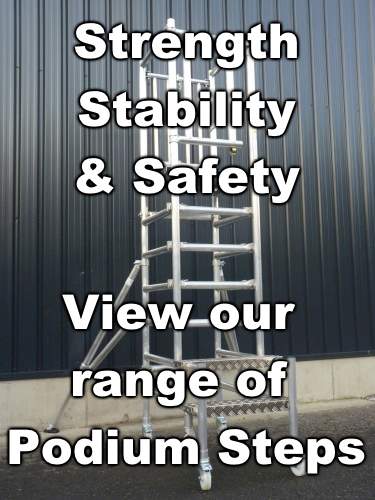Ladders

- Extension LaddersRRP up to £449.99Our Unbeatable Prices
From
£94.99
Inc. VATlearn more - Combination LaddersRRP up to £339.99Our Unbeatable Prices
From
£84.99
Inc. VATlearn more - Step LaddersRRP up to £1762.39Our Unbeatable Prices
From
£54.99
Inc. VATlearn more - Multi Purpose Ladders
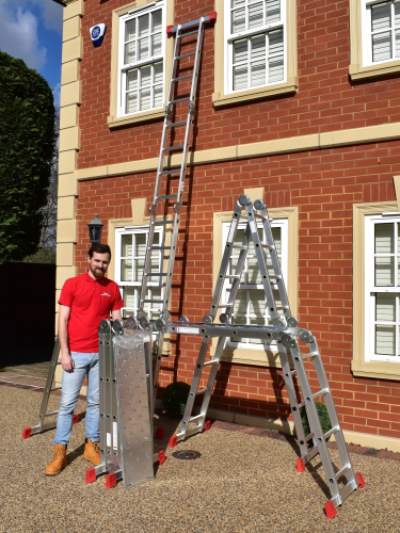 RRP up to £199.99Our Unbeatable Prices
RRP up to £199.99Our Unbeatable Prices
From
£94.99
Inc. VATlearn more - BPS Telescopic Ladders
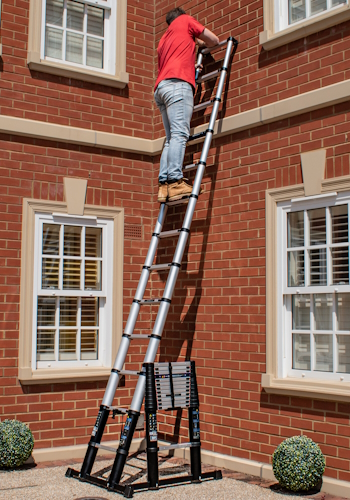 RRP up to £224.99Our Unbeatable Prices
RRP up to £224.99Our Unbeatable Prices
From
£119.99
Inc. VATlearn more - Telescopic Multi Purpose LaddersRRP up to £344.99Our Unbeatable Prices
From
£149.99
Inc. VATlearn more - Industrial Ladders
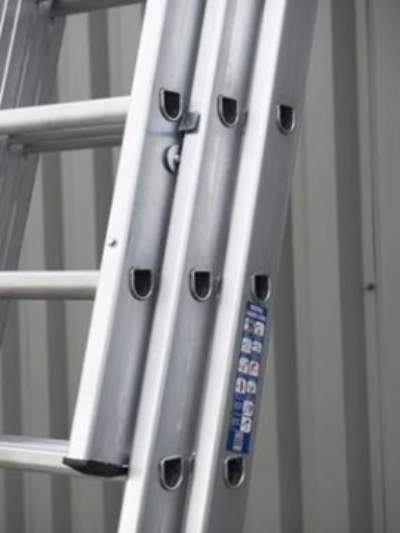 RRP up to £1762.39Our Unbeatable Prices
RRP up to £1762.39Our Unbeatable Prices
From
£89.99
Excl. VATlearn more - Industrial Step Ladders
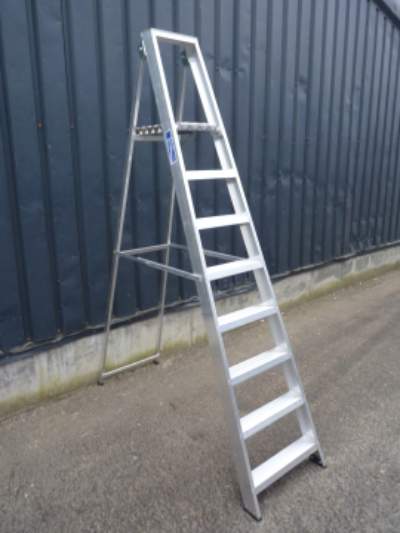 RRP up to £1762.39Our Unbeatable Prices
RRP up to £1762.39Our Unbeatable Prices
From
£89.99
Excl. VATlearn more - Tripod LaddersRRP up to £574.99Our Unbeatable Prices
From
£129.99
Inc. VATlearn more - Fibreglass LaddersRRP up to £289.99Our Unbeatable Prices
From
£84.99
Inc. VATlearn more - Roof LaddersRRP up to £354.99Our Unbeatable Prices
From
£199.99
Inc. VATlearn more - Stair LaddersRRP up to £339.99Our Unbeatable Prices
From
£84.99
Inc. VATlearn more - BPS Conservatory Ladders
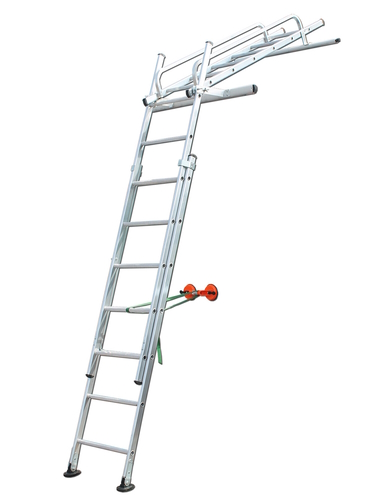 RRP up to £864.99Our Unbeatable Prices
RRP up to £864.99Our Unbeatable Prices
From
£559.99
Inc. VATlearn more - Single Section / Pole LaddersRRP up to £159.99Our Unbeatable Prices
From
£54.99
Inc. VATlearn more - BPS Heavy Duty Surveyors Ladders

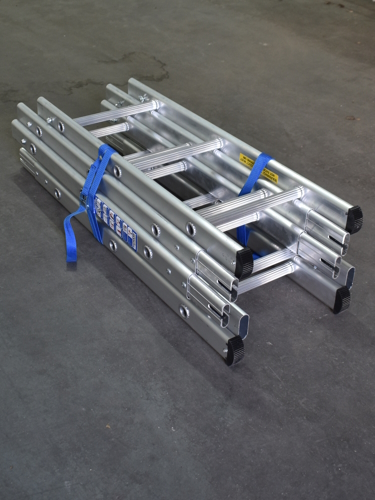 RRP up to £379.99Our Unbeatable Prices
RRP up to £379.99Our Unbeatable Prices
From
£174.99
Inc. VATlearn more
Ladders
What kind of ladder do you need?
How to choose the right ladder for you
Choosing the style
This is the first step in finding the right ladder for you. Each of the above styles are designed with a different purpose in mind and to ensure your safety when climbing and standing on the ladder. Using the wrong type of ladder for the job you’re doing or not knowing its limitations can lead to issues during use.
Selecting the correct height
There are specific guidelines you should adhere to when thinking about the height of your ladder. A key consideration is the highest permitted standing level on a step ladder is two steps down from the top, meaning the climber should only reach a maximum of 4’ higher than the top of the ladder. Another example is on an extension ladder, the highest standing level is four rungs down from the top.
Knowing how much weight a ladder can hold
Each ladder will have a maximum weight limit it can hold. The figure refers to the combined weight of the user and their clothes with any tools or materials that might be carried on as well. Every ladder is also built to cope with different levels of usage. For example, a ladder designed for domestic use will differ in durability to one which is intended for use on a construction site. You should think about both of these factors before making a decision on what ladder you need.
Choosing the right material
The different materials ladders are made from are done so with various environments and uses in mind. Fibreglass ladders for example are useful for work involving electricity as they are not good conductors unlike other metals. Those working outdoors or in contact with certain chemicals will also have decisions to make when it comes to material. For most applications aluminium is the best option for your ladder material as it is strong, durable, and won’t rust.
Ladders FAQS
How do I transport my ladder safely?
When transporting ladders on vehicles you should adhere to the following safety precautions.
- Check that the ladder is supported along its length to prevent it from hanging down
- Ensure the overhang beyond supports is equal and less than a third of the full length of the ladder
- Securely tie the ladder down to prevent road shock and chafing but be mindful not to overtighten as this can damage the ladder
- Cover the upper surface of the roof racks or supports with a soft material, like rubber or pine to reduce road shock.
How can I fix my damaged ladder?
For your safety, we do not recommend repairing a ladder that is damaged. If your ladder is starting to show signs of wear and tear and you think it is not secure enough to use anymore, you can find your new ladder from us at BPS Access Solutions.
What should I do before using my ladder?
It is always advisable to inspect your ladder prior to using it, some key checks you can carry out are:
- Looking out for damage or missing parts
- Check for loose or missing bolts or rivets
- Inspect your ladder feet for excessive wear
- Make sure ropes are not fraying and that they are securely attached
- Check that ladder stiles/rungs/treads are straight
- Ensure spreaders are in good order
- Look out for dust, water, grease, and corrosion on your ladder
- Clean the ladder with mild soapy water and dry it thoroughly before use
- Store your ladder in a dry, covered location when you are finished with it
- Watch out for splits, rot, and insect infestation on timber ladders









